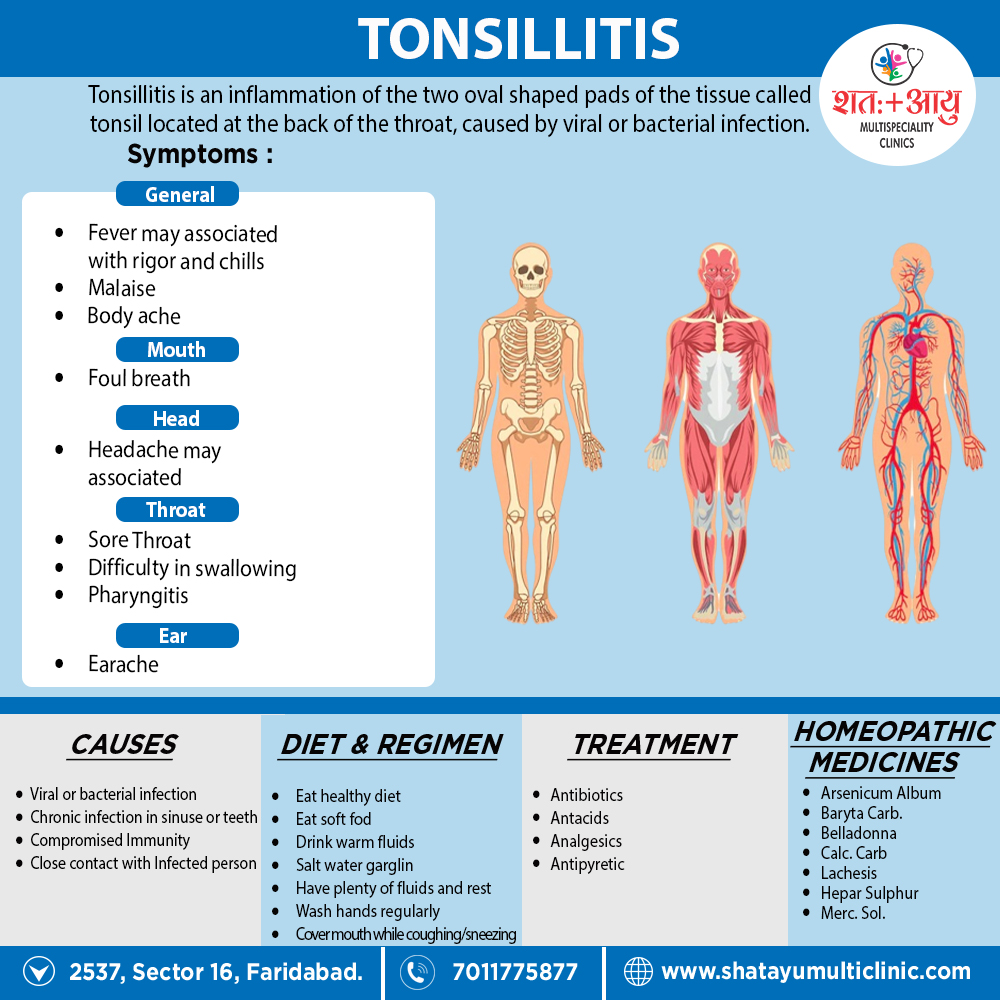There are mainly three types as follows i.e.
[A] Firstly, Acute Tonsillitis
[B] Secondly, Chronic Tonsillitis
[C] Thirdly, Recurrent Tonsillitis
[A] Acute Tonsillitis
Primarily, the tonsil consists of i.e.
(i) Firstly, surface epithelium which is continuous with the oropharyngeal lining,
(ii) Secondly, crypts which are tube-like invaginations from the surface epithelium and
(iii) Thirdly, the lymphoid tissue.
Acute infections of tonsil may involve these components and are.[2]
1.Acute catarrhal or superficial tonsillitis i.e.
Here tonsillitis is a part of generalized pharyngitis also it is mostly seen in viral infections.
2.Acute follicular tonsillitis i.e.
In brief, Infection spreads into the crypts which become filled with purulent material, presenting at the openings of crypts as yellowish spots.
3.Acute parenchymatous tonsillitis i.e.
Here tonsil substance is affected. Additionally, Tonsil is uniformly enlarged and red.
4.Acute membranous tonsillitis i.e.
It is a stage ahead of acute follicular tonsillitis when exudation from the crypts coalesces to form a membrane on the surface of tonsil.[2]
[B] Chronic Tonsillitis
1.Chronic follicular tonsillitis i.e.
In brief, Here tonsillar crypts are full of infected cheesy material which shows on the surface as yellowish spots.
2.Chronic parenchymatous tonsillitis i.e.
There is hyperplasia of lymphoid tissue. Tonsils are very much enlarged and may interfere with speech, deglutition and respiration Attacks of sleep apnoea may occur. Besides this, Long-standing cases develop features of cor pulmonale.
3.Chronic fibroid tonsillitis
Tonsils are small but infected.[2]

